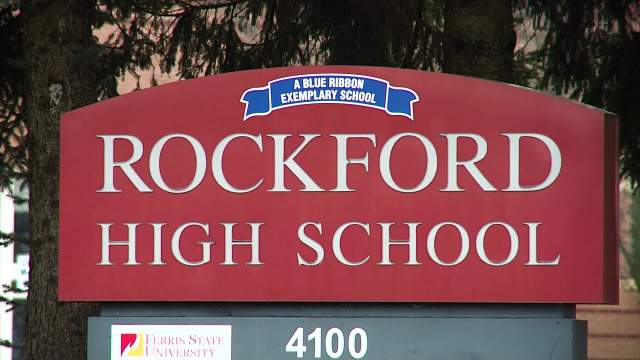Unequal Classrooms: How School Funding Reforms Are Falling Short of Racial Equity

As the momentum of desegregation efforts has waned in recent years, school finance reforms have emerged as a critical strategy for confronting persistent educational disparities. These reforms represent a powerful approach to leveling the playing field and ensuring that students from all backgrounds have access to high-quality educational resources.
By redistributing financial resources more equitably across school districts, policymakers aim to address the long-standing economic inequalities that have historically disadvantaged students in under-resourced communities. The goal is to create a more balanced educational landscape where zip code and socioeconomic status no longer determine a student's academic opportunities.
Modern school finance reforms focus on comprehensive solutions that go beyond simple monetary allocation. They seek to provide targeted support, invest in teacher training, upgrade infrastructure, and create innovative learning environments that can help bridge the achievement gap. As traditional desegregation methods have become less effective, these financial strategies offer a nuanced and potentially transformative approach to educational equity.








